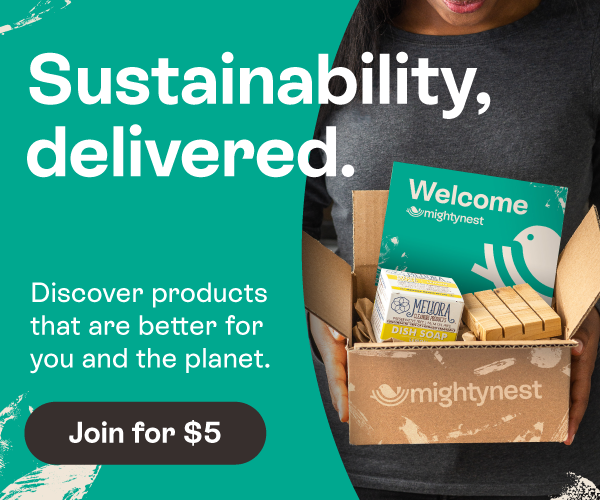
A new study conducted by researchers at the Columbia Center for Children’s Environmental Health in New York, discovered a strong link between eczema and a chemical mostly used as a plasticizer for PVC. PVC has been described as one of the most hazardous consumer products ever created and often referred to as "poison plastic."
This chemical, called butylbenzyl phthalate, or BBzP, is found in many common household products including vinyl flooring, PVC piping, artificial leather, vinyl foams, carpet backing and other household materials. The study, which was published in the journal of Environmental Health Perspectives, found that, "women with the highest levels of BBzP in their urine during pregnancy had babies who were 52 percent more likely to develop eczema than women with lower exposure levels."
The study looked at 407 non-smoking mothers and their children. Exposure to BBzB was measured through urine testing during the third trimester of pregnancy. Following birth, the mothers were asked if their child had been diagnosed with eczema which is characterized by dry, itchy red skin on the face, scalp, or extremities.
"While hereditary factors, allergens and exposure to tobacco smoke are known to contribute to the condition, our study is the first to show that prenatal exposure to BBzP is a risk factor," notes study author Allan Just.
Previous research by the study's authors found that exposure to BBzP and other phthalates (chemicals used to soften plastics in many consumer products, including children’s toys and plastic containers) was shown to delay motor skill development in young children and to increase risk for behavioral problems.
Phthalates are also known to disrupt the body’s endocrine system and have been linked to asthma and negative effects on the liver, kidney, spleen, bone formation and body weight. Phthalates can also be found in personal care products like perfumes and have the ability to seep out of products and cross the placenta, exposing developing children.
Of course it's not much of a surprise that in Europe, both DEHP and BBzP and other dangerous pthalates have been banned from use in plastic toys for children under three since 1999.
For more information on the dangers of PVC, read here.
Are there ways your family tries to avoid PVC and other dangerous phthalates?

